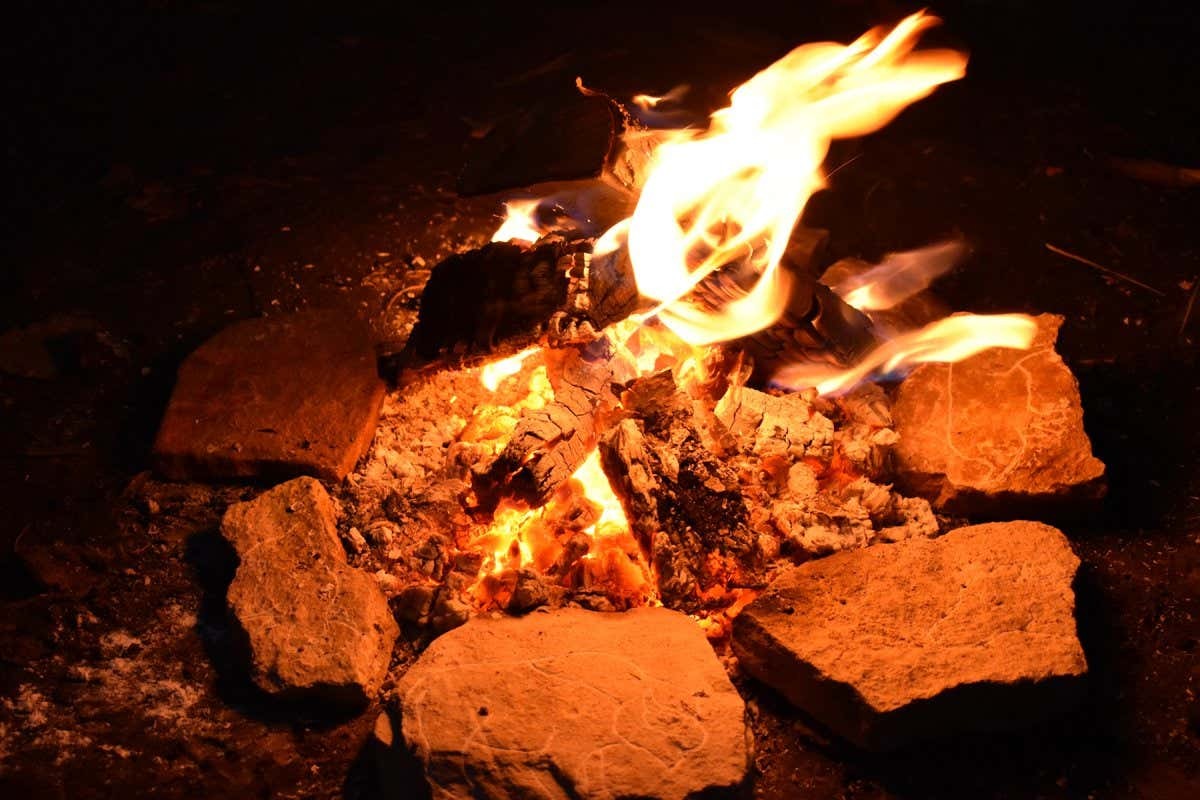If you’re into animation, you have so many good choices right now.
Or you could check out some of the great animated works of the past, whether they’re some of the early works on film, or the prehistoric ones made from stone.
Yes, there’s evidence that people in the Stone Age created a kind of animation.
Maybe the best known art of this time is cave art, often very detailed and accurate representations of animals drawn on rock walls.
But people back then also created small sculptures known today as plaquettes, animal shapes carved into limestone.
Those were discovered by excavators more than a century ago, but scientists haven’t been sure about how these plaquettes might have been used.
A research team looked at plaquettes from people who lived in southern France 13,500 to 16,000 years ago.
The link they found between all of the plaquettes was that they’d all been exposed to heat.
Their theory was that the statues were placed around the fire as a form of entertainment.
As people gathered around the fire to stay warm and spend time together, the stones could be positioned in a way that would make shadows dance around the images, almost as if they were moving.
This fits with findings of other research projects, that certain prehistoric art installations take on new dimensions when they’re illuminated.
It’s not quite the same as the computer generated 3D blockbusters we have today, but using the existing technology to make something static come to life?
That sounds pretty modern.
And I hope some prehistoric animator promoted their stuff by calling it “the most ambitious crossover event of the Stone Age.”
Today in 2019, a wild raccoon dropped by the zoo in Heidelberg, Germany, and found its way into the raccoon enclosure.
Under European Union rules, raccoons were considered an invasive species which can’t be returned to the wild.
And since it was getting along with the seven permanent raccoon residents, they let it stay and named it Fred.
Stone Age people may have gathered at night to watch animated “fireside art” (Ars Technica)
A wild raccoon moved into a German zoo and the keepers can’t kick him out (Chicago Tribune)
If you’re animated about supporting this show, join us on Patreon!
Image: Needham et al., 2022, PLOS ONE, CC-BY 4.0, via New Scientist

